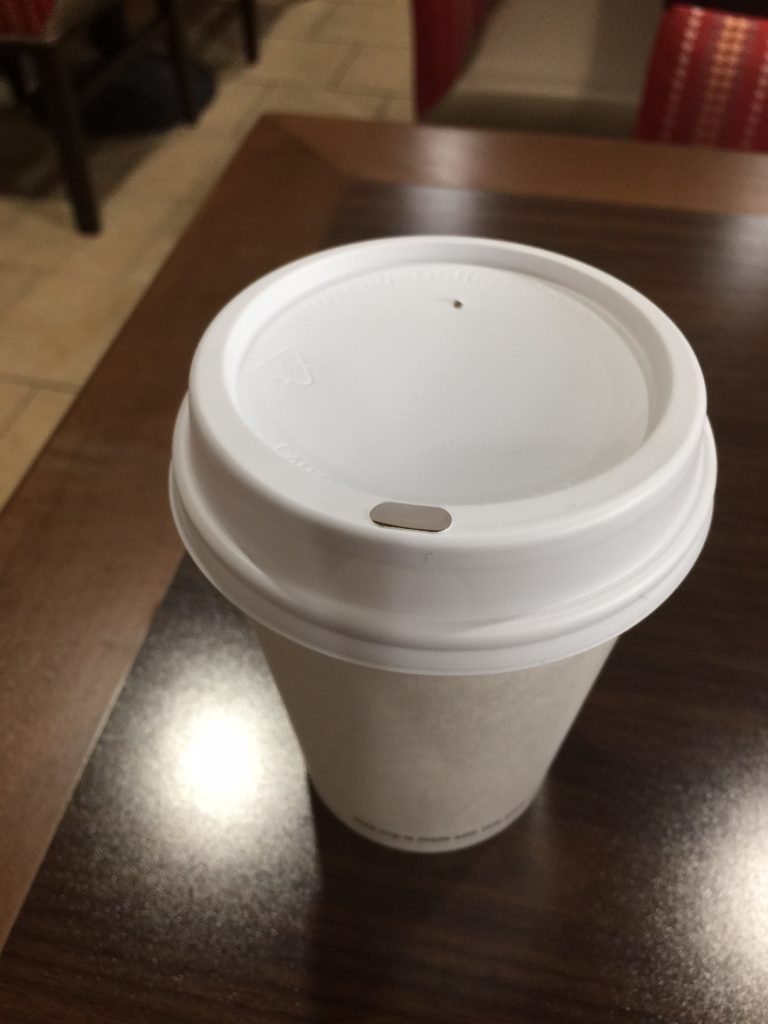Every neighborhood in New York from Tottenville to Riverdale has at least one place that will be serving the quintessential beverage of New York—coffee. Although not a native product of the state (milk is the official New York State beverage), coffee not only fuels hundreds of thousands of commuters per day, but has a big imprint on the city’s history.
Because of New York’s position as a major port, coffee was first imported to the colony by the Dutch. This was in contrast to many English colonies, where the preeminent beverage was tea. After the Revolutionary War, coffee started to become the preeminent beverage in the city as tea was seen as too reminiscent of British domination. Coffee roasters proliferated in the city and the coffee beans were primarily brought through New York for most of the history of the U.S. In 1882, a coffee exchange was set up to regulate the wholesale coffee trade in the city—which many nefarious people tried to attempt to corner (and so that the quality of coffee could be improved upon). Previously considered a pursuit for wealthier people (the traders who would later form the New York Stock Exchange often met in a coffee house), the drink eventually became more accessible to all Americans.
In addition to the cargo of coffee coming through the city, arrivals to New York from Europe, Africa, and other countries in the Americas also brought their styles of preparing coffee with them. By the time national chains such as Starbucks arrived in the city, specialty coffees and methods of preparation were hardly unknown to most New Yorkers. The city remains a bastion of caffeine-enriched goodness with the drink available in any part of the city. Unofficial estimates state that New York is the largest consumer of coffee in the country (perhaps because it is the city that never sleeps). This is the type of information you will learn on a Sights by Sam tour.

